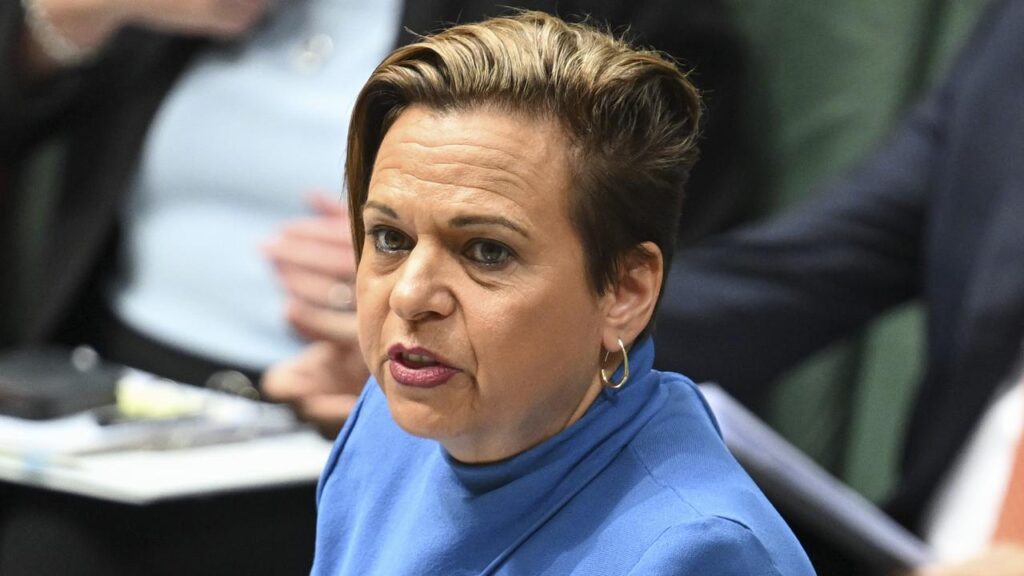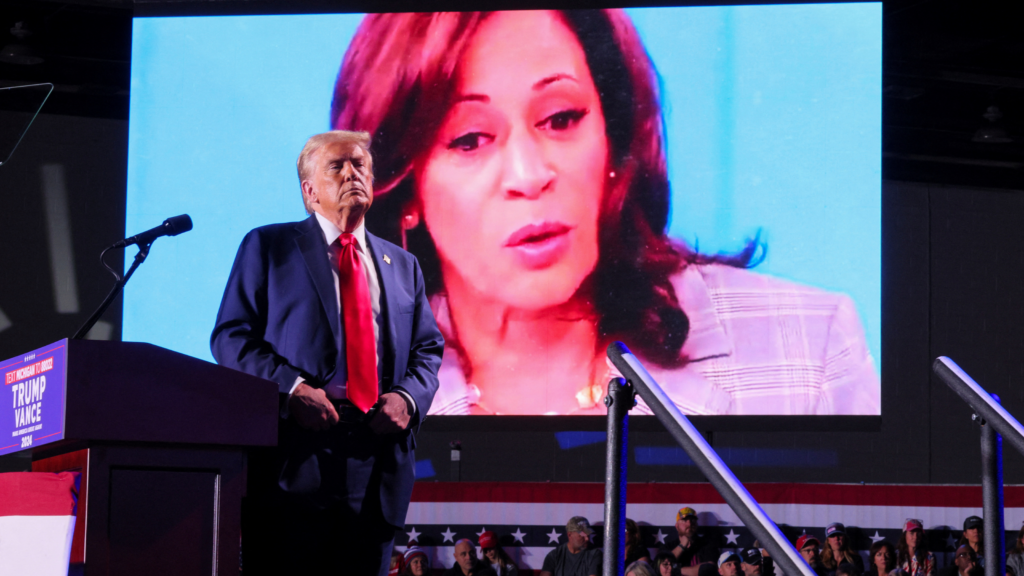RBA’s grim economic outlook for workers
Written by admin on November 5, 2024
Households are expected to face a worsening employment market backdrop, with the Reserve Bank of Australia forecasting it would lead to wages growth declining over the next two years.
While the RBA forecast is largely unchanged, it is expecting the national unemployment rate to rise, particularly due to a reduction in immigration in the coming months.
The unemployment rate is broadly unchanged, although it is tipped to rise by 0.1 per cent.
While Aussies are likely to keep their job, the RBA is forecasting household wage growth to fall, putting pressure on already stretched budgets.
The outlook is now that wage growth will fall from 3.6 per cent to 3.4 per cent in the December half of the year and continue to track lower than previous expectations through to December 2026.
‘Wage growth has passed its peak and is expected to slow as the labour market eases,” the report said.
“Further easing in the labour market is also expected to continue to put downward pressures on wages, consistent with information from liaison that employers expect a further slowing in wages growth in the coming year.”
Part of the falls in labour can be attributed to the cutting of net overseas migration, which will reduce growth in both demand and supply in the economy from mid-2025.
The RBA expects the unemployment rate to creep up from 4.1 per cent to 4.4 per cent by June next year.
The figures also show the current labour force participation rate – which has been higher partly due cost-of-living pressures – will likely continue to grow putting pressure on wages.
“Further out, the participation rate is expected to continue to increase very gradually, as the continued trend of increase by females and older workers is partially offset by some discouraged workers leaving the labour force as demand conditions ease.”
Labour conditions remain tighter than many advanced economies
More Coverage
The RBA says while the peak period for workers could be over, overall Australia’s employment rate is still stronger than many of the other G20 countries.
It says this is due to focusing on protecting jobs over tightening monetary policy.
“While central banks generally expect only modest increases in unemployment rates from current levels, many have become more attentive to downside risks to the labour market and inflation; labour market conditions remain tighter in Australia than in other advanced economies,” it said.







